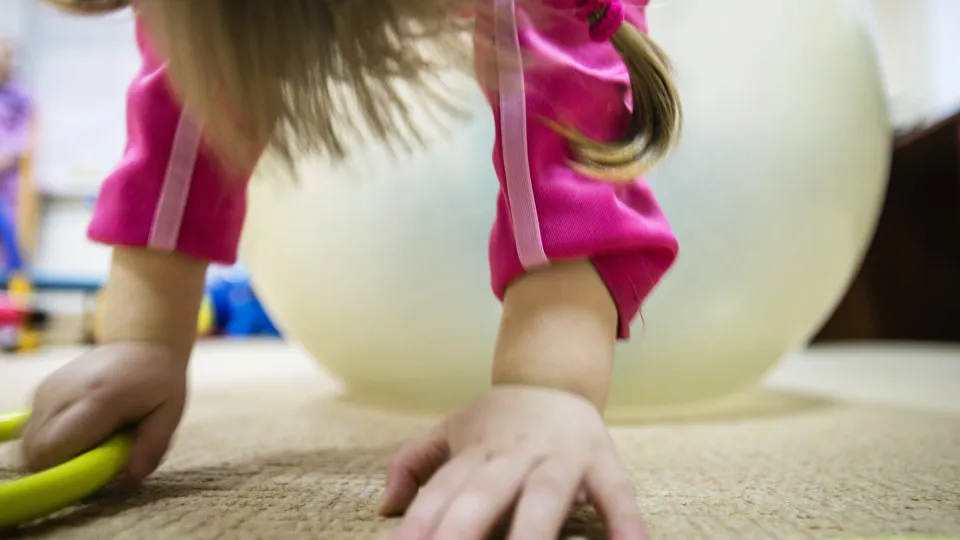The term juvenile arthritis (JA) refers not to one specific disease, but rather to a group of rheumatic and inflammatory diseases that affect kids younger than 16 years of age. The symptoms of JA range from joint pain to sore eyes, and they can be quite nasty. Luckily, there are things that youngsters suffering with JA can do to alleviate their symptoms and improve their quality of life.
Check out this gallery to learn all about juvenile arthritis.



